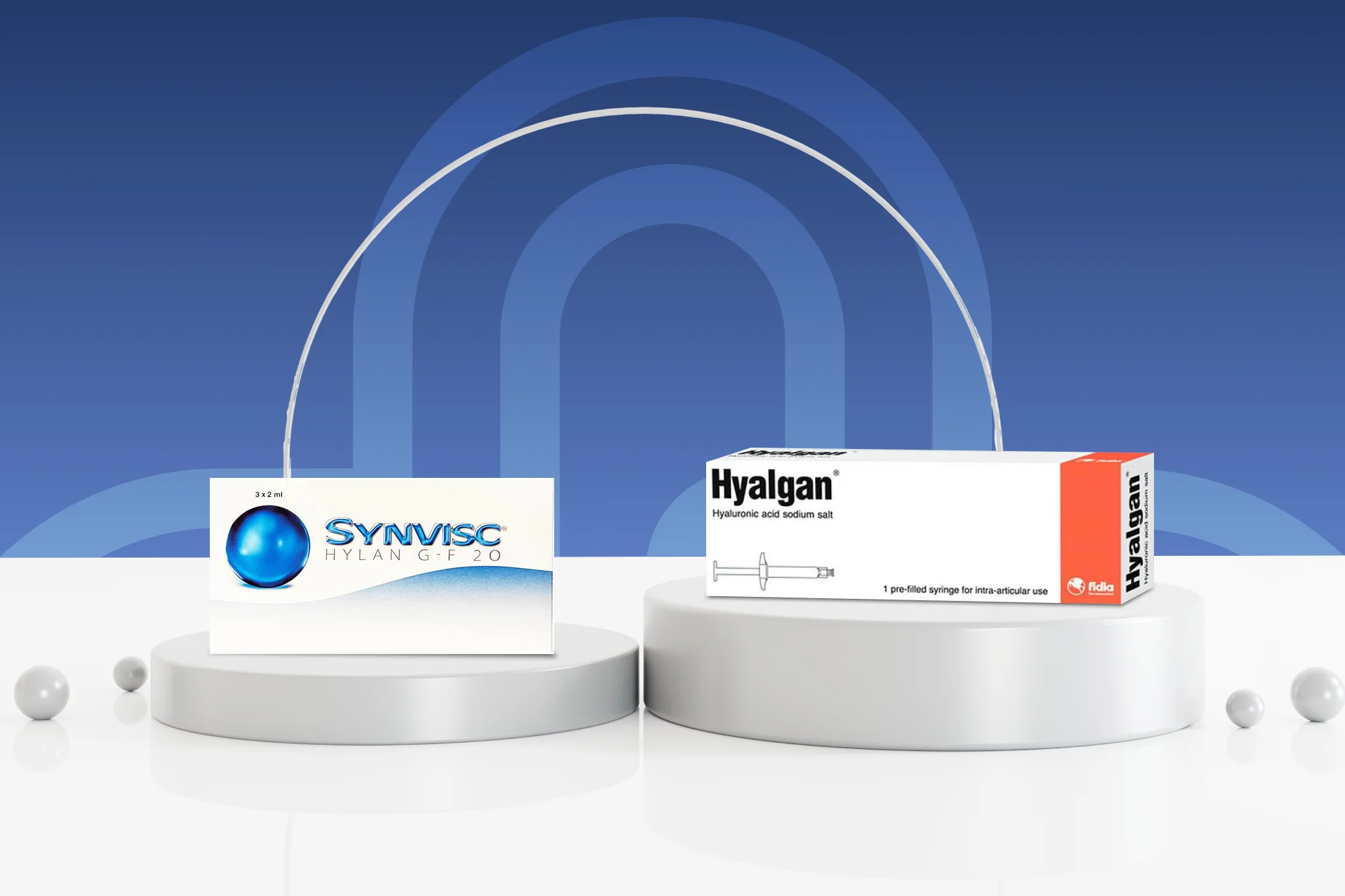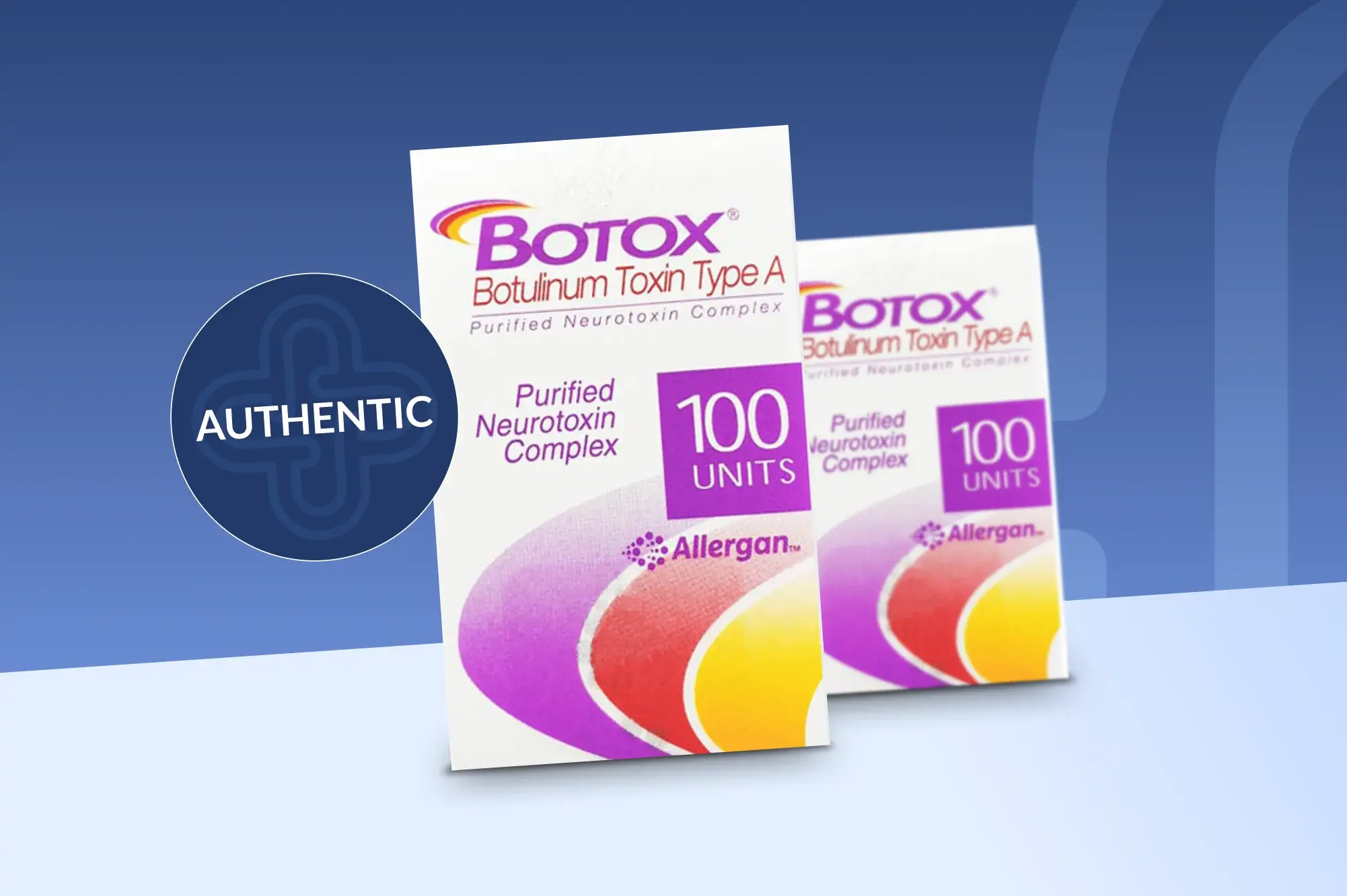This article will compare and contrast two brands of a type of medication for osteoarthritis: Hyalgan, which is manufactured by Fidia Farmaceutici, and Synvisc, a product of Genzyme.
What are Hyalgan and Synvisc, and how do they work?
Hyalgan and Synvisc are hyaluronic acid-based orthopedic treatments that are meant for the treatment of osteoarthritis of the knee. These medications belong to a treatment class called viscosupplements, which act to boost or replace the synovial fluid of the knee with a gel-like fluid of a similar composition. They are administrated via intraarticular injections. Viscosupplements, like popular brand Hyalgan and Synvisc medications, are considered second-line therapies insomuch that they can be recommended for patients who have not to responded sufficiently to the traditional first-line therapies for osteoarthritis, such as physical therapy and pain-relieving medications. As a local therapy, viscosupplements lack many of the side effects associated with standard oral medications, such as gastrointestinal bleeding, yet they have the benefit of being longer-acting than other intra-articular injections, such as corticosteroids.
Visco-supplements, primarily made out of hyaluronic acid, are a main component of synovial fluid. The hyaluronic acid found in these products has been chemically modified to increase the stability and better mimic the rheological properties healthy synovial fluid has. When injected into the knee, the visco-supplement supplies a lubricating and cushioning effects, in turn alleviating symptoms and preventing further joint damage. These hyaluronic acid treatments have been shown to be very safe and effective at treatment of osteoarthritis symptoms.
What are the differences between Hyalgan and Synvisc?
• Composition: Synvisc has a unique and distinct composition unlike Hyalgan and any other hyaluronic acid viscosupplements. Synvisc is an admixture of two types of chemically modified hyaluronic acids called hylan A and hylan B, while Hyalgan consists of sodium hyaluronate. The difference in composition also impacts the product’s physical characteristics. In this regard, Synvisc is considered to be more similar to healthy synovial fluid.
• Treatment course: Synvisc therapy consists of one injection each week for three weeks. In contrast, Hyalgan entails a course of one injection each week for five weeks. It is also worth mentioning that a single-dose form of Synvisc is also available as Synvisc-One. Fewer injections means fewer visits to the doctor, which is something that patients may take into consideration when deciding between treatments.
• Adverse effect profile: There have been reports of acute synovial inflammation reactions to Synvisc. Furthermore, the frequency of these reactions has increased in frequency in patients that have received more than one course of treatment. Similar reactions have not been reported with Hyalgan.
• Duration of effects: While both Hyalgan and Synvisc are able to reduce pain and other osteoarthritic symptoms for a period of up to six months, results from one comparative study indicated that patients who underwent Synvisc treatments were able to go longer between treatments than patients who used Hyalgan.
Conclusion
Hyaluronic acid injections can be very effective in the management of osteoarthritic symptoms, providing pain relief and enabling the patient to recover their mobility. Hyalgan and Synvisc are two popular brands of hyaluronic acid injectables for the knee, and both are well-established in terms of their respective safety and efficacy. As the two products differ in various aspects, including composition, duration of effects, and adverse event profiles, the practitioner will consider the right treatment for the patient on a case-by-case basis for optimal outcomes.









